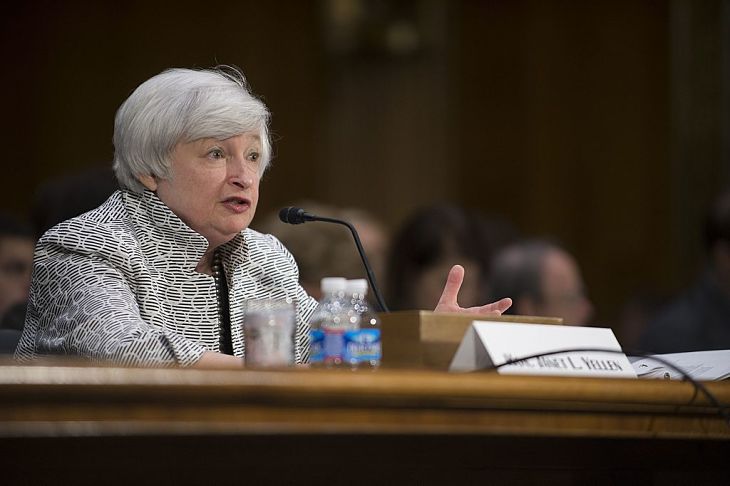By K. Sean Clark, Clark Capital
The Federal Reserve met and made two important decisions on policy this month — balance sheet normalization and the direction of future overnight rates.
The Federal Reserve announced that it will begin the process of normalizing its bloated $4.5 trillion balance sheet. As expected, the Fed will begin the process in October and it will cap its roll off at $10 billion ($6 billion of Treasuries and $4 billion of Mortgage Backed Securities (MBS)) for the next three months. The announcement that balance sheet runoff will start in October was not surprising, but what was surprising were comments regarding the hurdle for resuming quantitative easing should the economy stumble. Fed Chair Yellen suggested that even if there is a sharp economic deterioration, the committee would cut interest rates back to the effective lower bound before stopping the runoff.
Twelve of the sixteen FOMC participants think another hike this year looks appropriate. There are only two meetings left in 2017, and it appears that the Fed will likely hike rates again at the December 13th FOMC meeting. The Fed funds futures market is now pricing in a 64% chance of a rate hike before yearend. Consistent with a rate hike, the Fed upgraded its growth outlook from 2.2% to 2.4% and lowered the 2018-2019 unemployment forecast from 4.2% to 4.1% for 2017. The Fed also downplayed the significance of the weak core inflation data, saying that this “primarily reflects developments that are largely unrelated to broader economic conditions.” The Fed believes that the persistently low inflation numbers are transitory or temporary.
Contrary to the Fed’s short-term outlook, they downgraded their longer-term target for the federal funds rate. The long-term target (2020) slid from a 3.0% target rate to 2.75%. That underscores the Fed’s belief that we are stuck in a slow growth environment.

